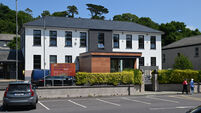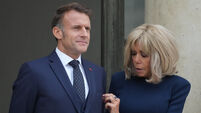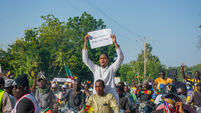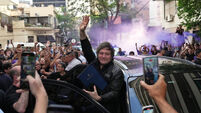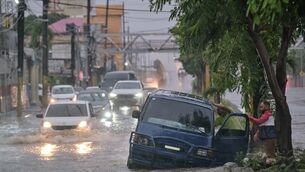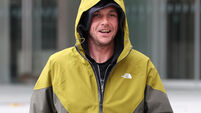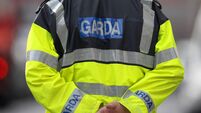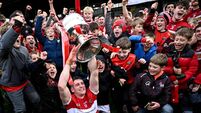Israeli Army heads for home
Traffic flowed again on previously deserted roads in northern Israel as soldiers left Lebanon and headed south, crossing paths with civilians travelling in the opposite direction, back to the homes they abandoned weeks ago under Hezbollah rocket fire
Though the ceasefire between Israel and Hezbollah guerrillas took effect on Monday morning, many people, fearing a last spasm of violence, did not begin venturing out until a day later, giving the area the first signs of a return to normalcy
Meanwhile the army said early today that its forces killed Sajed Dawayer, the head of Hezbollah’s special forces, hours before the UN ceasefire took effect.
But a Hezbollah official in the southern Lebanese port city of Sidon dismissed the Israeli report as “baseless”, saying he had not heard of a Hezbollah military leader named Sajed Dawayer.
Speaking on condition of anonymity because he was not authorised to talk to the press, he said Hezbollah might issue a denial of the Israeli report later today.
Just a day after a ceasefire ended the fighting between Israel and Hezbollah, the huge troop presence on the border had already greatly diminished as a steady stream of military vehicles left the area.
An Associated Press photographer witnessed about 500 Israeli soldiers on foot cross back into Israel from Lebanon near the Israeli border town of Malkiya. Some of them smiled broadly. Others wept.
At one main junction, teenage girls handed out flowers to the returning soldiers, thanking them for protecting their homes.
In the battered Israeli town of Kiryat Shemona, residents emerged from their grimy bomb shelters and began cleaning up the wreckage caused by more than a month of Hezbollah rocket attacks.
The streets in this border town, empty for weeks, filled up with cars. Long-closed stores opened their doors. Buses shuttled through the newly reopened central bus station, many heading south with soldiers allowed home for the first time in weeks. The sounds of sirens and explosions were replaced with chatter and honking.
“There is still tension in the air, but I am glad to see our soldiers back here again,” said Edna Peretz, 45, who opened her kiosk at the bus station for the first time since July 13.
In the northern city of Haifa, similar scenes played out, with shops opening, an increase in public transportation and even a few traffic jams. People returned to the famous beach promenade.
With the fighting over, at least for now, Israel began thinning out its troops in southern Lebanon.
The army plans to withdraw a large contingent of its troops from Lebanon today and hand over the territory to the Lebanese army under the auspices of the commander of a UN force there, according to senior Israeli military officials. The officials spoke on condition of anonymity because they were not authorised to discuss details of the pullback.
Under the UN ceasefire deal, Israeli troops are due to be replaced by 15,000 Lebanese soldiers supported by up to 15,000 troops under the blue flag of the United Nations.
The army said the UN-drafted ceasefire was generally holding. Israeli troops shot five armed men who approached them in two separate incidents in south Lebanon yesterday, the army said. The army did not know whether the men were killed, it said.
From the time the fighting started until the ceasefire took effect, 157 Israelis were killed, including 39 civilians and 118 soldiers. Lebanese officials reported 794 people killed. Hezbollah said 68 of its fighters were killed in battle, but Israel said its forces killed more than 530 of the guerrillas.




